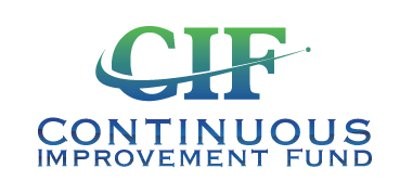Niagara Region testing bio-soil as end market for recovered glass
CIF working with Niagara on development of process to create bio-soil from recycled glass

According to a June blog post from Ontario-based CIF (Continuous Improvement Fund), which funds and supports blue box recycling projects and research in the province, the marketplace for municipal grade mixed broken glass is relatively thin. At the same time, quality specifications from end markets are becoming tighter, requiring added attention by MRF operators.
Currently, the Niagara Region in Ontario is seeking to create a secondary market for recycled glass in the event its current market (sandblast) slows down. CIF Project 1026 is an innovative approach to development of an economically-effective way to replace up to 85% of the sand component of engineered bio-soil with processed recycled glass.
Bio-soil can be found in parking lot islands/edges, parks, and stormwater planters. A perceived benefit to using recycled glass in bio-soil for the Region is that its granular sizing can be controlled and be easily reproduced at the Region's glass processing facility.
The current project features three main tasks to determine the suitability and feasibility of utilizing recycled glass as an ingredient in bio-soil.
Task 1: Laboratory Testing of Bio-soil Quality
Task 2: Field Plot Testing of Bio-soil Quality
Task 3: Economic Feasibility Analysis
Task 1 Progress to Date
Task 1 has three goals: To identify desired product specifications and characteristics to be in line with soil media currently used; Examine the physical, chemical, microbiological and leaching characteristics of the recycled glass; and Undertake greenhouse trials to test the effectiveness of the proposed media specifications and determine which of the mixes should be taken to larger field trails in Task 2.
So far under Task 1, according to a CIF blog posted in June, the Region has experienced mixed success with laboratory germination tests. The first test revealed 80% germination and positive plant growth. However, the second growth test results were not as favourable, with only 20% growth. The discrepancy between the two is that different media mixes were used. Further testing is currently underway to confirm growth viability.
Task 2: First Test with Positive Growth;
Second Test with Less Than Positive Growth
The goal for Task 2, is to demonstrate the effectiveness of the proposed media through field plot studies. The results from the greenhouse studies undertaken in Task 1 will be fully evaluated by the project team and field plots will be designed. This evaluation will identify what media mixes showed the potential characteristics desired and which one should be brought forward for the field plot studies. The field plots will be located at a site that is suitable to meet the ongoing needs of the research over the length of the project.
Assessing Economic Feasibility in Task 3
Task 3 will build on the results of Tasks 1 and 2 to complete an economic feasibility assessment for including recycled glass in bio-soil.
A first step for Task 3 is a high-level assessment (tonnages, costs, revenues) of the current recycled market in Ontario. This plus Niagara data would be used as the baseline from for comparison. The efforts would then include an examination of all the costs for production of bio-soil utilizing recycled glass. A secondary goal is the evaluation of the market costs for comparable sand products and the value ranges for which recycled glass could be purchased.
Project Next Steps
Once the Region has identified and developed the correct mixture for optimal germination and growth, staff will proceed to Task 2 and carry out some field trials. This project has been undertaken, in partnership with CIF (the Continuous Improvement Fund.)



